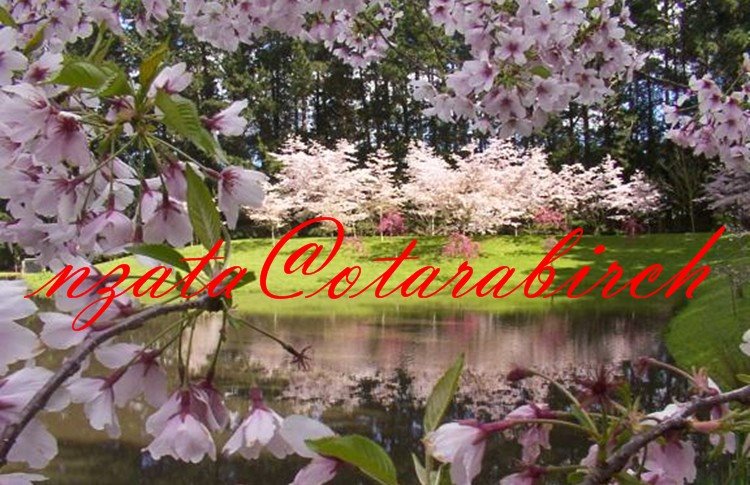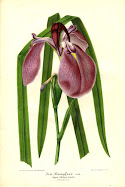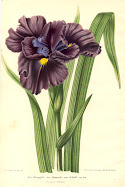
Early / Mid Season Japanese Iris.
Iris ensata
" Lavender Sashay"
" Lavender Sashay"
Another of my early Japanese iris flowers to appear in my garden is another spectacular 6 petal form of Iris ensata " "Lavender Sashay".
The colour is soft lavender pink with prominent blue halo around a yellow signal, White styles edged with lavender fringe. Flowering in mid to late season in the USA. The plant grows well for me with lots of beautiful clean foliage and tall ram rod stems held proudly above the upright arching foliage. It produces an abundance of flowering stems on a well formed clump in New Zealand in late November / early December.
The colour is soft lavender pink with prominent blue halo around a yellow signal, White styles edged with lavender fringe. Flowering in mid to late season in the USA. The plant grows well for me with lots of beautiful clean foliage and tall ram rod stems held proudly above the upright arching foliage. It produces an abundance of flowering stems on a well formed clump in New Zealand in late November / early December.

This was created by Walter Marx and selected by A. Rogers and registered from the seedling WM M07.
"Lavender Sashay" was awarded an Honorable Mention (HM) for its plant growth habit and flowering in 1986 after its introduction in 1983. It grows to height of 122 cm ( 48 ins) and flowers early to mid season in New Zealand while flowering in the mid to late season else where in the world.


This beautiful variety looks magic planted up to be enjoyed in the garden near your pond or any rich moist soil.
Remember to give it at least 6 hours of sun light if you can.
Japanese irises are gross feeders so a good balance fertilizer in the early spring and again after flowering around the drip line of foliage will do them proud. Little and often is a good rule of thumb for fertilizers.
Water in where possible to help the plant take up the benefits. Mulch around the plants with barely straw, pine needles or pea straw to retain moisture in soil and prevent weed growth.
Japanese irises are gross feeders so a good balance fertilizer in the early spring and again after flowering around the drip line of foliage will do them proud. Little and often is a good rule of thumb for fertilizers.
Water in where possible to help the plant take up the benefits. Mulch around the plants with barely straw, pine needles or pea straw to retain moisture in soil and prevent weed growth.
Remember that Japanese Irises "Love wet toes and dry ankles" so when you are planting these take this into consideration please.


Available in New Zealand and around the world.
* Acknowledgement - 2003 Cumulative Check list of the Japanese Irises complied for The Society of Japanese Irises.















